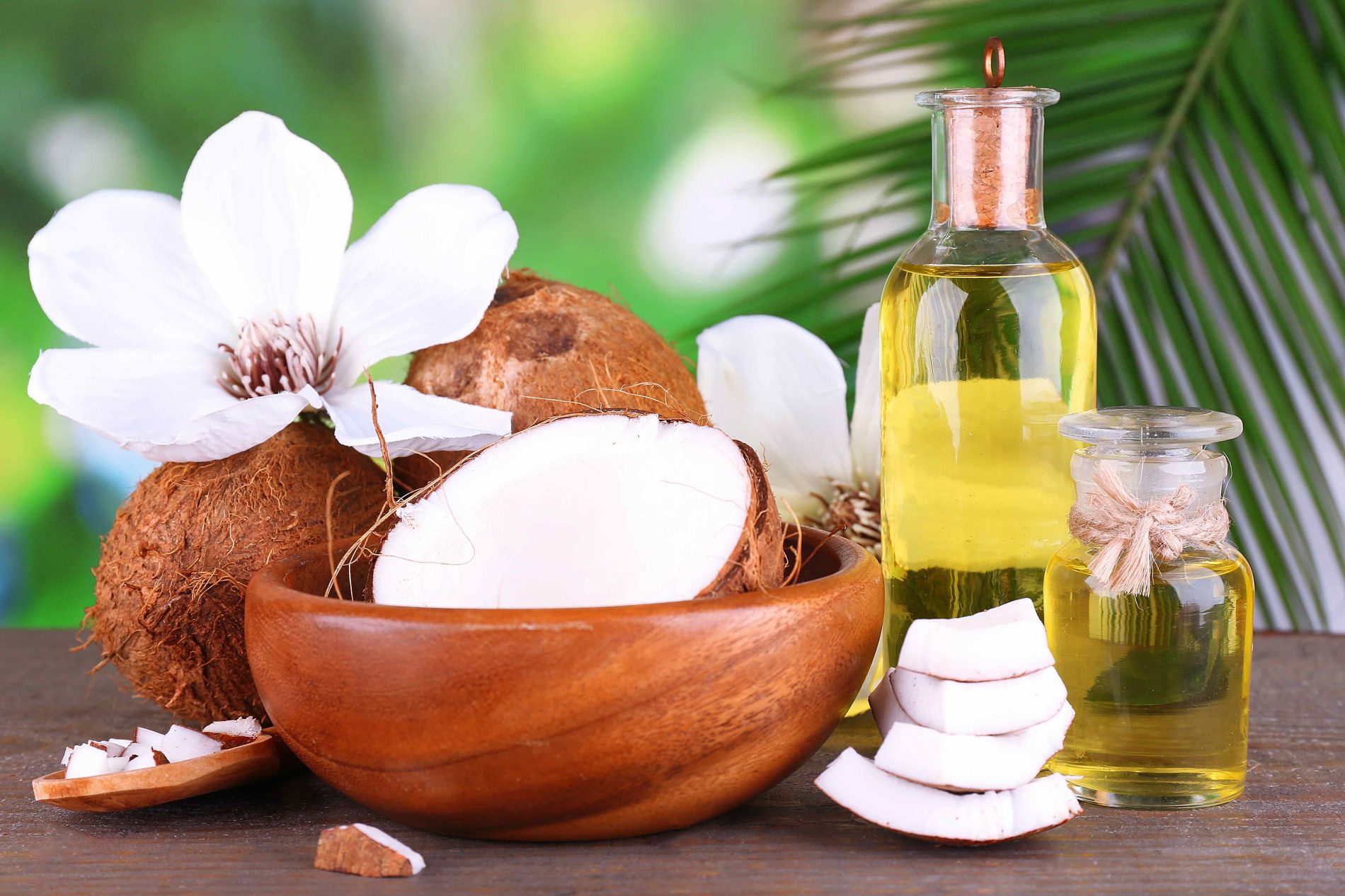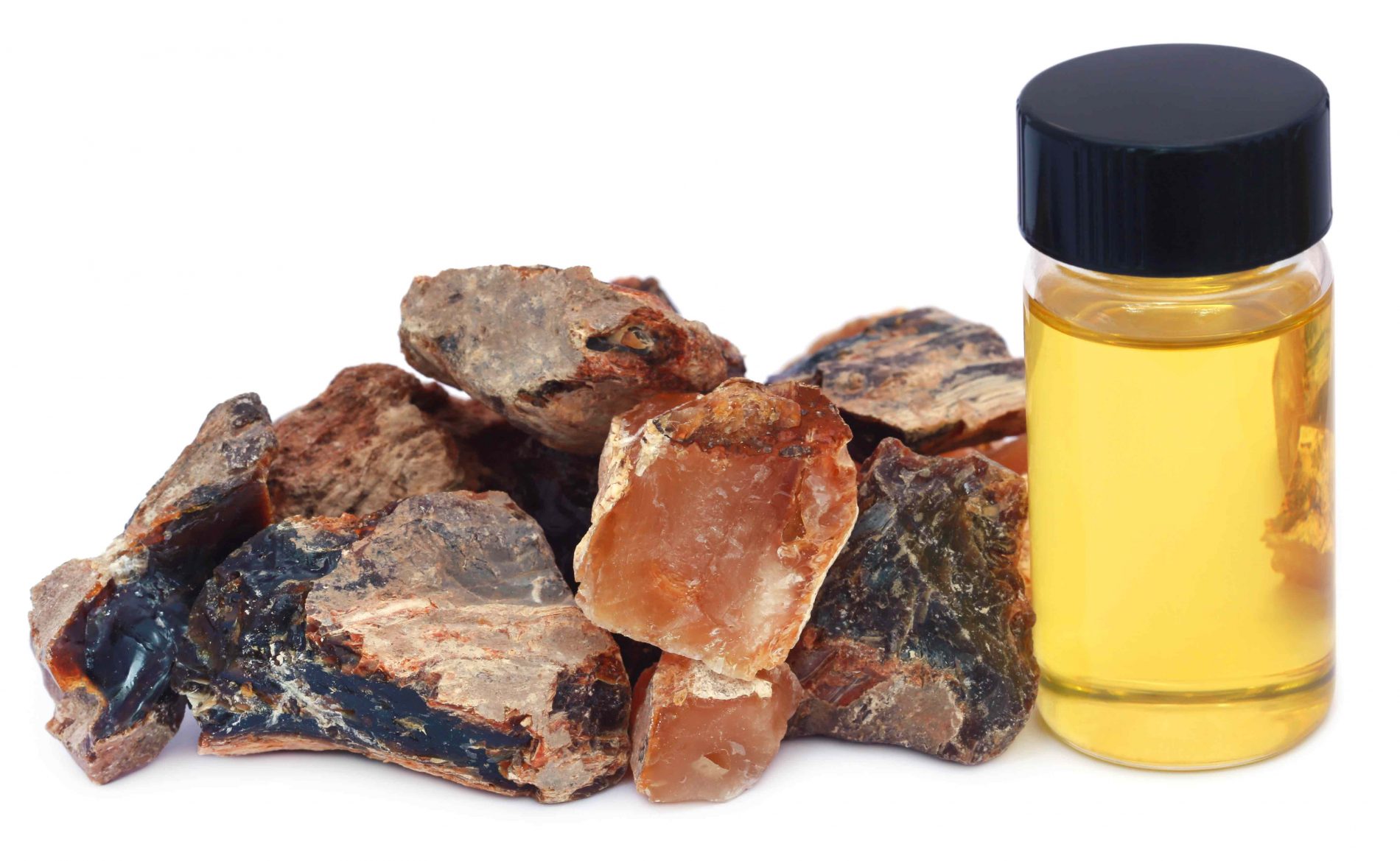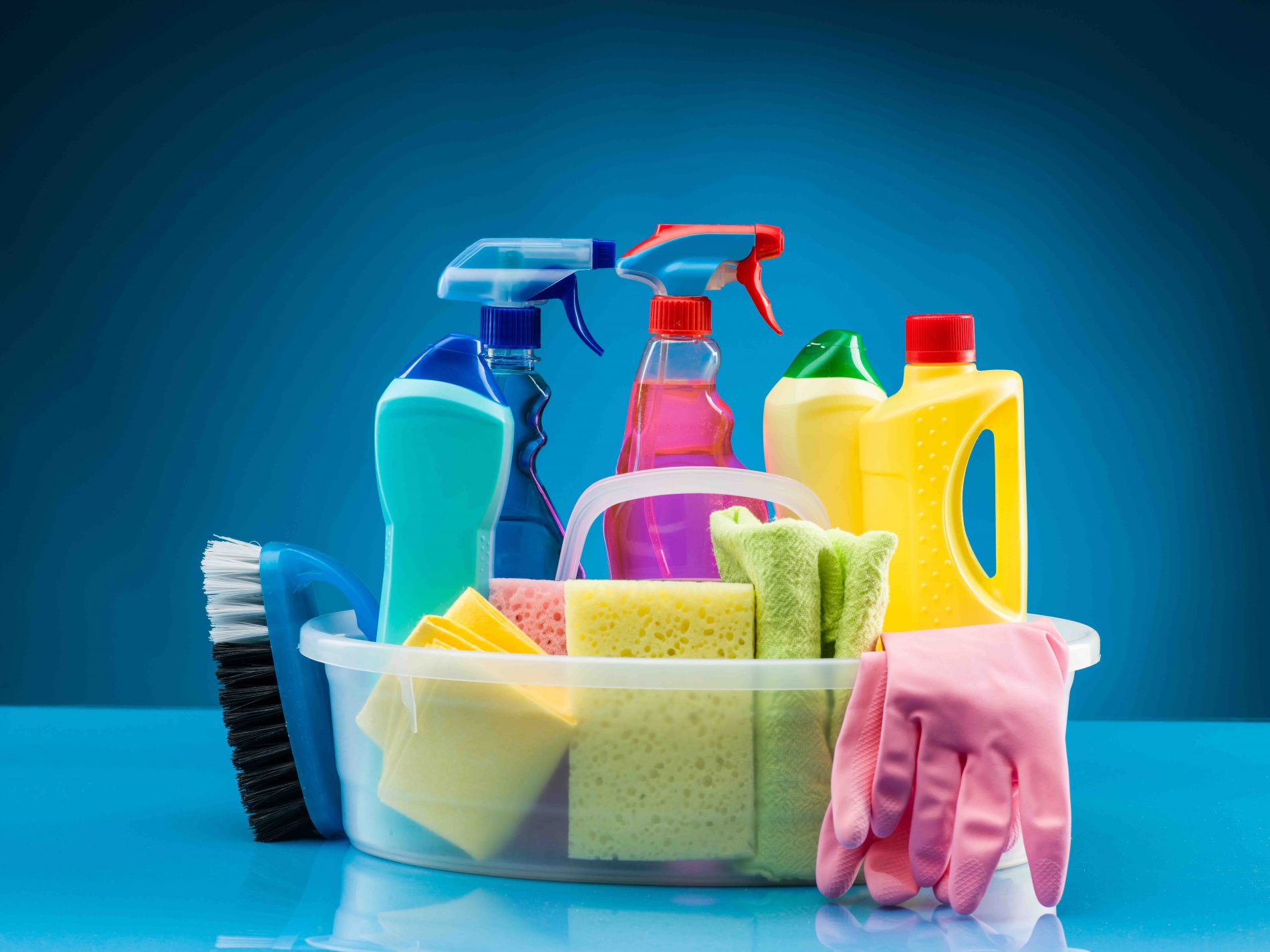What if you discovered swooshing could keep cavities and plaque away, clean out bacterial infections, as well as reduce fungal overgrowth too….and may even improve their memory, and overall health… ?
Would you let them swoosh now?
“What is swooshing? “ you ask?
Swooshing is my daughter’s word for ‘oil pulling’. Oil what? Do you remember frothing soda pop, chocolate milk, or kool-aid through your teeth as a kid, or continually playing at running water thru your teeth after brushing them as a kid? I would get in trouble for playing with my food or dawdling at the morning bathroom sink. But children instinctively do what is healthy for them, whether we know it or not.
Oil pulling is an ancient Ayurvedic remedy for oral health and detoxification. It involves the use of pure oils (I use a teaspoon of coconut oil) as an agent for pulling harmful bacteria, fungus, and other organisms out of the mouth, teeth, gums and even throat and sinuses.
The most effective oil pulling is done by swishing the oil around the mouth for approximately 10-15 minutes and then spitting it out into the garbage or toilet. (Coconut oil will plug your sink drains). Do NOT swallow the oil you have been “swooshing!”
The oil mixes with the saliva, turning it into a thin, white liquid. Lipids in the oils begin to pull out toxins from the saliva. As the oil is swished around the mouth, teeth, gums and tongue, the oil continues to absorb toxins, and usually ends up turning thick and viscous and white. Once the oil has reached this consistency, it is spit out before the toxins are reabsorbed. Then brush your teeth and tongue with your favourite natural minty toothpaste.
You will probably have to build your jaw muscles up to 5 minutes, then increase to 10, until you can manage 15 minutes as you walk around the house styling your hair, making coffee etc. This makes for a quiet morning… it also makes the pain receptors in your jaw (12,000 of them) recalibrate and go from snail mail communication in your body to zipline! Pain in the body is reduced and body starts the healing process!
My dental hygienist can’t believe the healthy condition of my family’s mouths. Swooshing removes cavities, plaque and scale over time…reduces candida infections and thrush too.
Other possible benefits of oil pulling for oral health include:
• Overall strengthening of the teeth and gums and jaws
• Prevention of diseases of the gums and mouth, such as cavities and gingivitis
• Prevention for bad breath
• Potential holistic remedy for bleeding gums
• Prevention of dryness of the lips, mouth and throat
• Possible holistic treatment for TMJ and general soreness in the jaw area
• Migraine headache relief, accelerates healing from concussions
• Correcting hormone imbalances
• Reducing inflammation of arthritis
• May help with gastro-enteritis
• Aids in the reduction of eczema
• May reduce symptoms of bronchitis
• Helps support normal kidney function
• May help reduce sinus congestion
• Some people report improved vision
• Helps reduce insomnia
• Reduced hangover after alcohol consumption
• Aids in reducing pain
• Reduces the symptoms of allergies
• Helps detoxify the body of harmful metals and organisms
So maybe we should rethink yelling at our kids and and join them as we all play with swooshing.
__________________________________
Blog by Guest Author:
 Jessy Morrison
Jessy Morrison
Jessy Morison has tremendous success in helping those to whom doctors have given no hope of recovery at all to Reclaim their Life, Refresh their Mind, Reclaim their Body, and Renew their Spirit.
A Reiki Master Teacher, BodyTalk & EFT Practitioner, Soul Genesis Facilitator, Founding Member of the Ontario BodyTalk Assoc., and Founding Member of The Whole Life Learning Collective, and Transformational Tuesdays, Jessy is also a contributing author to “The Joy of an Ex”, Women With Vision Magazine, and Another View Magazine.
You can contact her at
[email protected]
705-241-8680
www.jessymorrison.ca
Jo-Anne Richardson has almost a decade of experience managing a chiropractic office and educating patients on how chiropractic can allow your body to express optimal health. She is a Registered Holistic Nutritionist and holds a Degree in Communications. She loves to experiment with raw vegan recipes, loves to salsa dance, travel and learn new holistic health information to share tips with everyone who visits the office.



